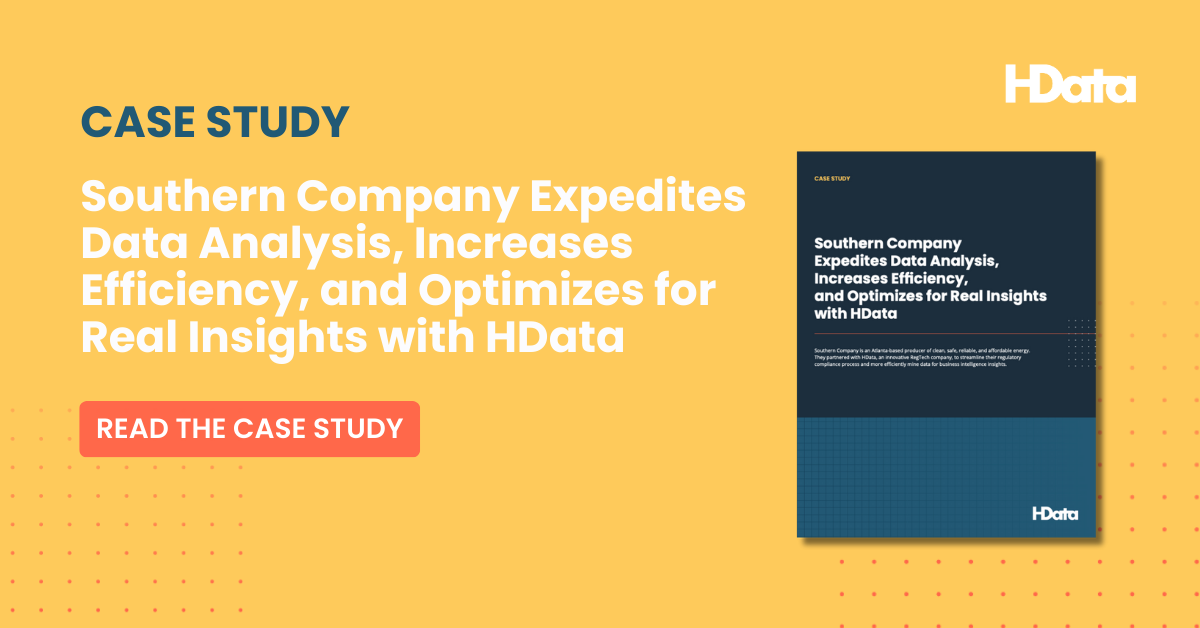Has the job title “AI Prompt Engineer” crossed into your awareness yet? It’s a real thing. Artificial intelligence (AI) is becoming so integral to our lives that there are entire professions dedicated to the art of perfecting AI prompt writing.
While we don’t all need to be experts at creating great prompts for AI tools, it is becoming a more useful skill set over time. You may have even used it today if you asked Siri how traffic was looking for your commute, or had Alexa add something to your shopping list. And if you’re a regulated energy professional who is interested in efficiently mining insights from thousands of pages of data with just a few keystrokes, you’re going to want to get good at writing prompts for Regulatory AI.
We can help. But first, we’re going to take a closer look at what NOT to do.
Common prompt error #1: Making your prompt too short
Generative AI tools tend to interpret short prompts really broadly. It means they give surface-level responses, often trying to answer too much with too little.
A great way to get ineffective responses from Regulatory AI is to ask something like, “give me a summary of what the company reported on renewable energy.” The answer is likely to be long, but lightweight and redundant. Chances are, it won’t provide much of the intel you were hoping to glean.
To get an actually useful response, add just a few more carefully chosen words, each with an intentional and distinct meaning, like this: “Describe how the utility is planning for larger investments in renewable energy. Divide your response in two sections, one focusing on solar, and the other on wind.”
Common prompt error #2: Using AI to search documents
The motivation for this impulse is clear. FERC docs are enormous! Of course it’s tempting to ask Regulatory AI where to find something meaningful.
This common mistake comes from using prompts like these:
- Where can I find a mention of Right of First Refusal in these documents?
- Give me a list of findings that include any references of Distributed Energy Resources, but exclude DERs that are solar.
- Rate case, Duke Energy, 2023
A much more impactful use of the technology would be asking it regular questions—like those you’d ask a human. Save search for the search functionality. It’s enabled in the HData catalog so you can find the documents you need faster, and then ask the more powerful questions about that document when engaging with Regulatory AI.
Common prompt error #3: Choosing too many reference docs relative to your prompt
Regulatory AI requires that you select the documents you’d like to use in the query. And there is no better way to trainwreck an information-seeking session than asking AI to pull information from an overwhelming number of reference materials.
Here’s a good example.
Say you want to know the basics of the FERC’s recent audit on a gas pipeline. You want to know the premise of the audit, what was investigated, and the results of the audit including the FERC’s recommendations on how to rectify the issues they found.
There can be dozens of documents that relate to this particular audit you’re interested in. Think through which documents will actually be most important:
- If you just need the topline items of the audit, the FERC Annual Enforcement Report may be all you need.
- If you need a slightly deeper level of analysis, go for the final report on the particular audit that is presented on the HData FERC Docket catalog.
- If you want to see how the company answered a particular line of questioning (on, let’s say misattributed expenses), then the audit transcript from the meeting in the docket is your best bet .
Notice how I chose each document relative to the depth of inquiry I had in mind? And the particular insight I’m hoping to glean?
Picking all three documents and merely doing a summary of the entire audit means the AI has to go through a lot of material. As a result, the answer is likely to be high-level and vague. When only one document is used, Regulatory AI will get you a helpful answer much more quickly and accurately.
Now, it’s important to note that if you had a particular interest on how the audited company misattributed expenses on a particular pipeline project, then including all three documents to make sure you get all angles of the issue is wise. You’ll want your line of questioning to Regulatory AI to be precise and specific about your desired outcome, though.
In simpler terms, scale the scope and number of documents you’d like to query based on the depth of inquiry you will have with the AI.
So, What Makes a Good Prompt?
When it comes to writing a good prompt, we’ve got four pieces of advice:
- You need to be clear
- You need to be concise
- You need to experiment
- You need to download our ebook for more details…
That’s right. We’ve written you step-by-step instructions in our new ebook: How to Write Great Prompts for Regulatory AI. Plus a whole lot more about how to make the most of this tool. Looking forward to helping our analyst friends become great prompt writers!

